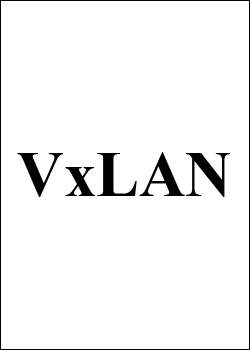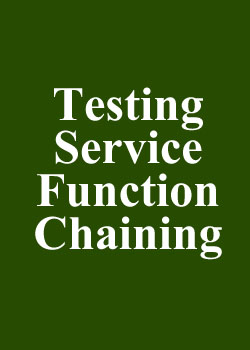Aticara Introduction Aticara is a completely software based and virtualized traffic simulator which can run on Commercial Off the Shelf Hardware (COTS) and can generate line rate traffic both stateful and stateless. Supported Hypervisors: ESX, KVM, Openstack Supported Speeds: 1 /10/25/40/50/80/100 Gbps (200 & 400 Gbps in roadmap)* VXLAN testing using Aticara Aticara facilitates functional and performance testing of Vxlan Gateways both physical and virtual by generating Vxlan traffic which represent multi-tenant application sharing L2/L3 infrastructure. Aticara can surround the Vxlan gateway and generate traffic representing several hundred thousand virtual machine generating Vxlan encapsulated traffic. Aticara is beneficial because it allows the QA engineer to simulate Vxlan encapsulated traffic originating from several hundred thousand Virtual Machine without having to have configure them therby also shrinking the test bed required for generating huge volume of Vxlan traffic. Aticara can simulate several hundred thousand emulated VM’s which can generate stateless as well as stateful traffic (ICMP, TCP, HTTP). Aticara also emulates several hundred thousand Virtual Tunnel End Points (VTEP) which in turn applies the Vxlan encapsulation. Figure1: ATICARA VM with Vxlan Support Aticara simulates servers behind the VLAN, which can be configured to match the corresponding VNI. Figure1 depicts the way Aticara…
Aticara Introduction Aticara is a completely software based and virtualized traffic simulator which can run on Commercial Off the Shelf Hardware (COTS) and can generate line rate traffic both stateful and stateless. Supported Hypervisors: ESX, KVM, Openstack Supported Speeds: 1 /10/25/40/50/80/100 Gbps (200 & 400 Gbps in roadmap)* OVERVIEW Service Function Chaining provides the ability to define an ordered list of network services (e.g., Firewall, NAT, QoS). These services are then stitched together in the network to create a service chain. A service function chain defines anordered set of abstract service functions and orderingconstraints that must be applied to packets and/or frames and/orflows selected as a result of classification. An example of an abstract service function is “a firewall”. The implied order may not be a linear progression as the architecture allows forSFCs that copy to more than one branch, and also allows forcases where there is flexibility in the order in which servicefunctions need to be applied. The term “service chain” is oftenused as shorthand for service function chain. Critical Components for deploying Service Plane in the Cloud Classifier: An element that performs Classification. Service Function Chain (SFC): A service function chain defines anordered set of abstract service…


